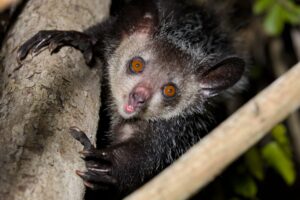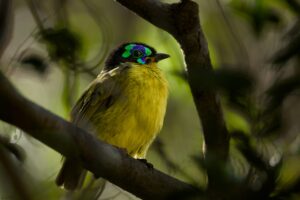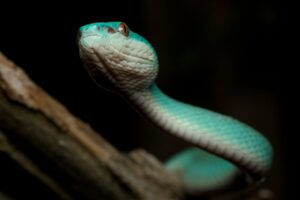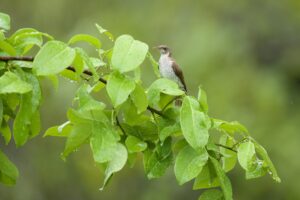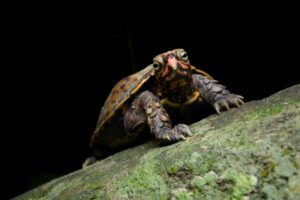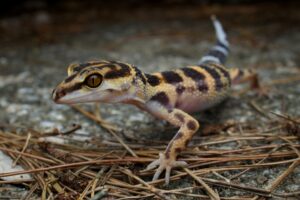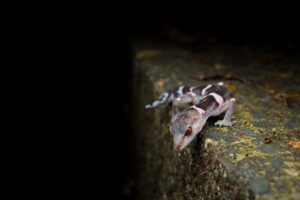During a recent herpetological expedition in Iran, we had the opportunity to encounter a variety of wild mammal species in diverse habitats, particularly in mountainous and desert regions. Below is a record of the notable species observed, along with field notes and ecological insights.
Long-eared Hedgehog (Hemiechinus auritus)
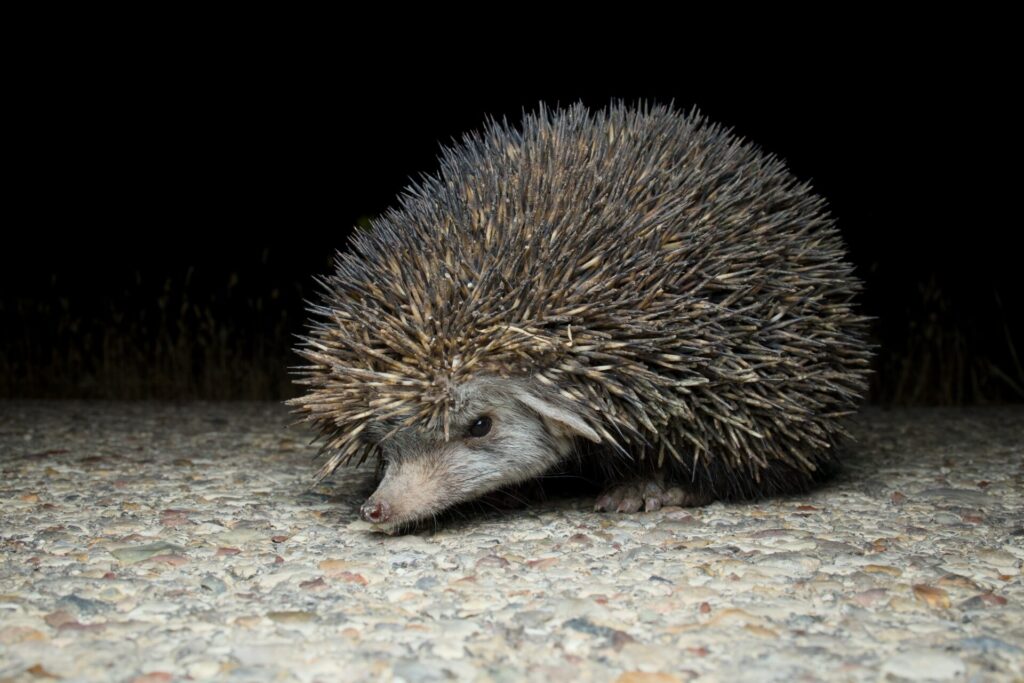
This species was encountered during a nighttime survey in the Zagros Mountains. An individual was found motionless in the middle of the road. When approached by a vehicle, it moved to the roadside, but upon exposure to our headlamps, it curled into a defensive ball.
We attempted to gently relocate it off the road, but the spines proved extremely sharp—clearly evolved to deter predators such as jackals, wolves, foxes, and owls. Their defensive morphology is highly adapted to the region’s predator guild.
Grey Dwarf Hamster (Cricetulus migratorius)
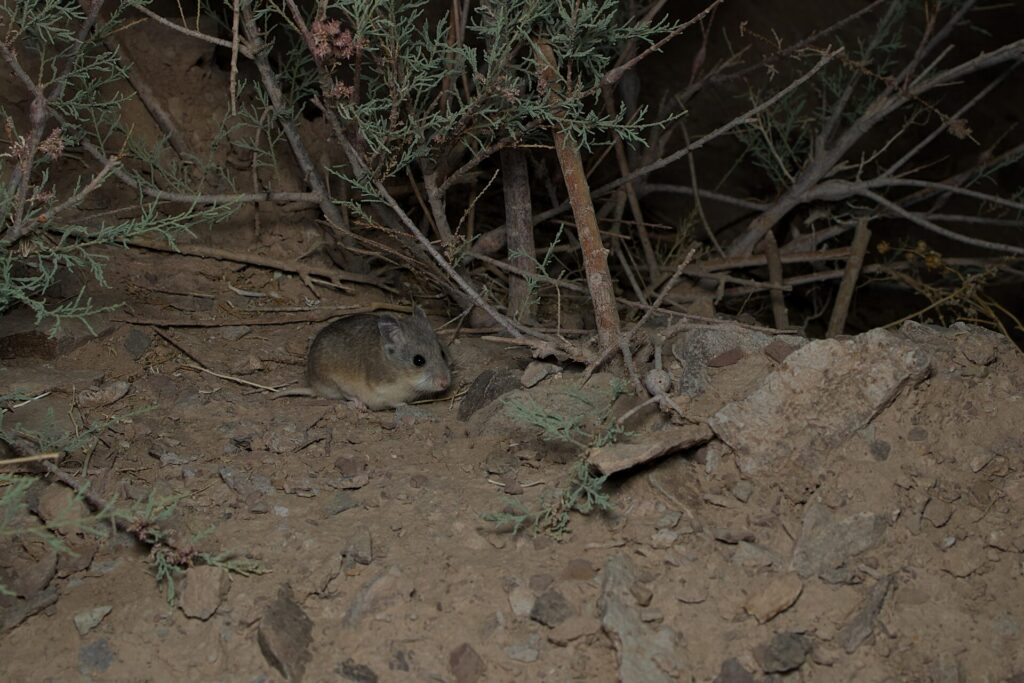
The family Cricetidae includes various hamster species, including the commonly known golden and dwarf hamsters. While searching for leopard geckos, we heard rustling from nearby vegetation. A small individual quickly emerged and began to flee.
Interestingly, it paused briefly—likely to chew on seeds it was carrying—allowing us a rare opportunity to observe and photograph it. Seeing a species so familiar in domestic settings thriving in the wild was a particularly moving moment for our team.
Persian Wild Ass (Equus hemionus onager)
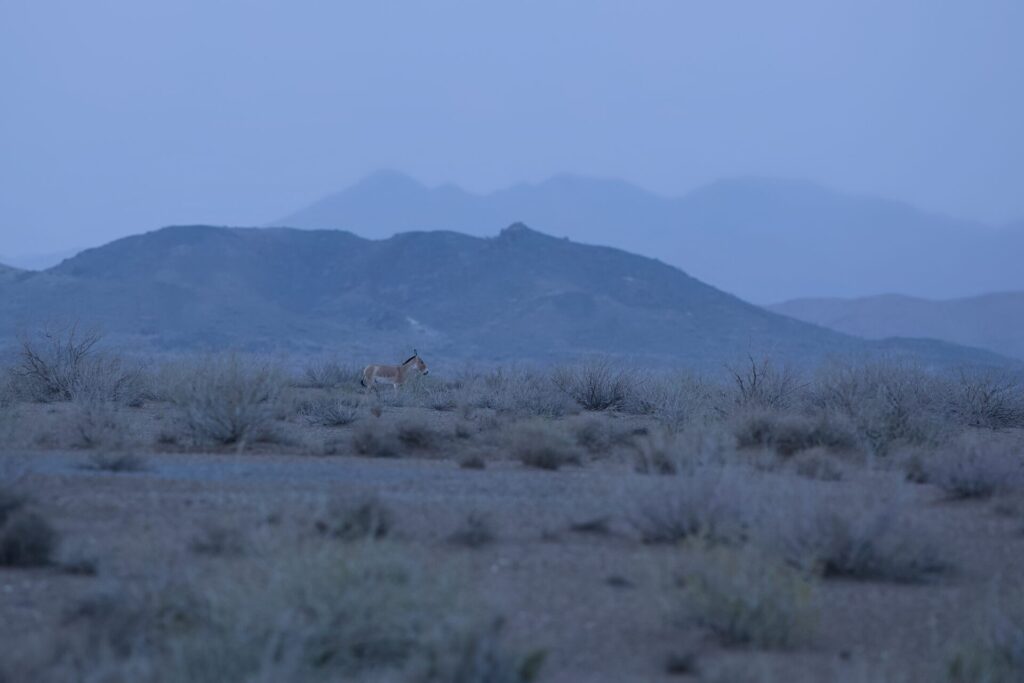
A subspecies of the Asiatic wild ass, the Persian Wild Ass is endemic to Iran and critically endangered, with an estimated global population of around 600 individuals. Even local residents consider sightings to be extremely rare and fortunate.
We encountered a small group in an arid desert region. Observing these robust animals gallop gracefully across the desert landscape was a powerful experience.
For those unfamiliar with the term “ass,” it derives from the Latin asinus, meaning donkey. Though “donkey” is more commonly used in modern English, “wild ass” remains the standard terminology in zoological contexts.
Jerboa (Dipodidae sp.)
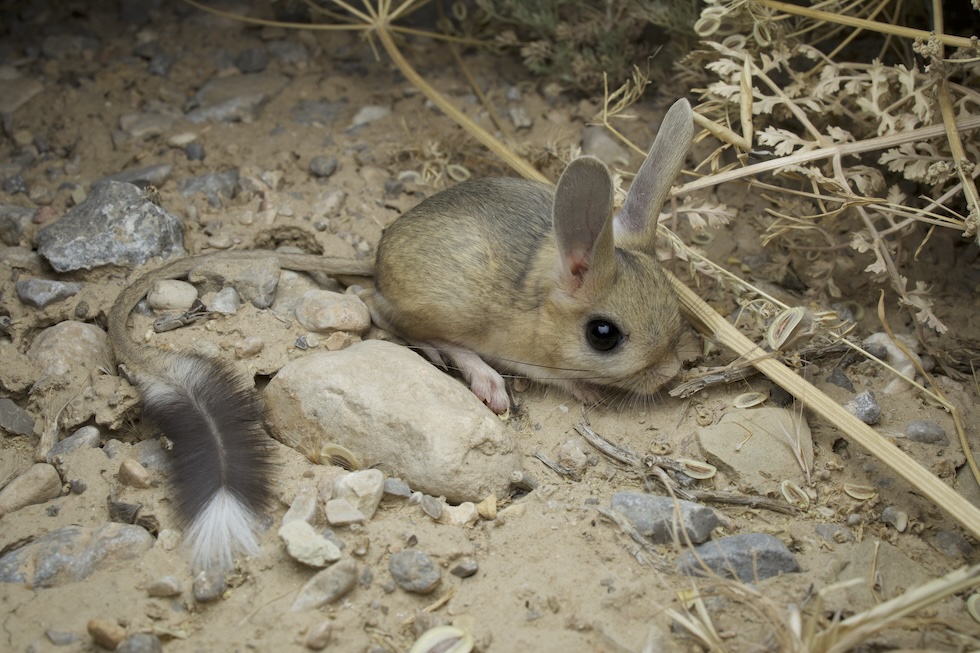
This small rodent was observed while we were searching for Turkmenistan geckos. We spotted it foraging on raceflower seeds near a roadside. Jerboas are known for their powerful hind legs, which they use to leap great distances—somewhat reminiscent of small kangaroos.
With large ears for thermoregulation and a mostly hairless tail (except the tufted tip), they are well-adapted to desert environments. Their large eyes and delicate forelimbs give them a striking appearance. This individual’s agile movement and unusual morphology left a lasting impression.
Persian Jird (Meriones persicus)
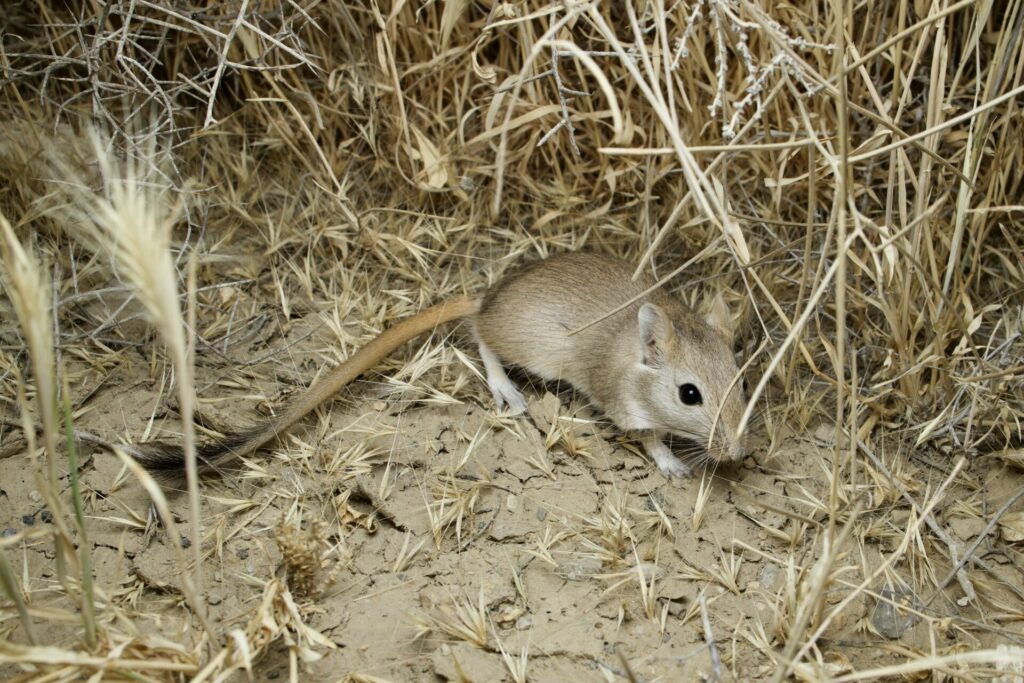
While inspecting rock crevices in search of reptiles, we encountered this species unexpectedly—its round eyes catching ours from the shadows. Persian Jirds are notable among rodents for their relatively long lifespan, surviving up to 6–7 years in captivity.
One distinguishing feature is the contrasting coloration at the tip of the tail. Considering the extreme heat and aridity of the dry season during our visit, the species’ ability to maintain hydration and survive in such conditions remains a remarkable adaptation.
Dromedary Camel (Camelus dromedarius)
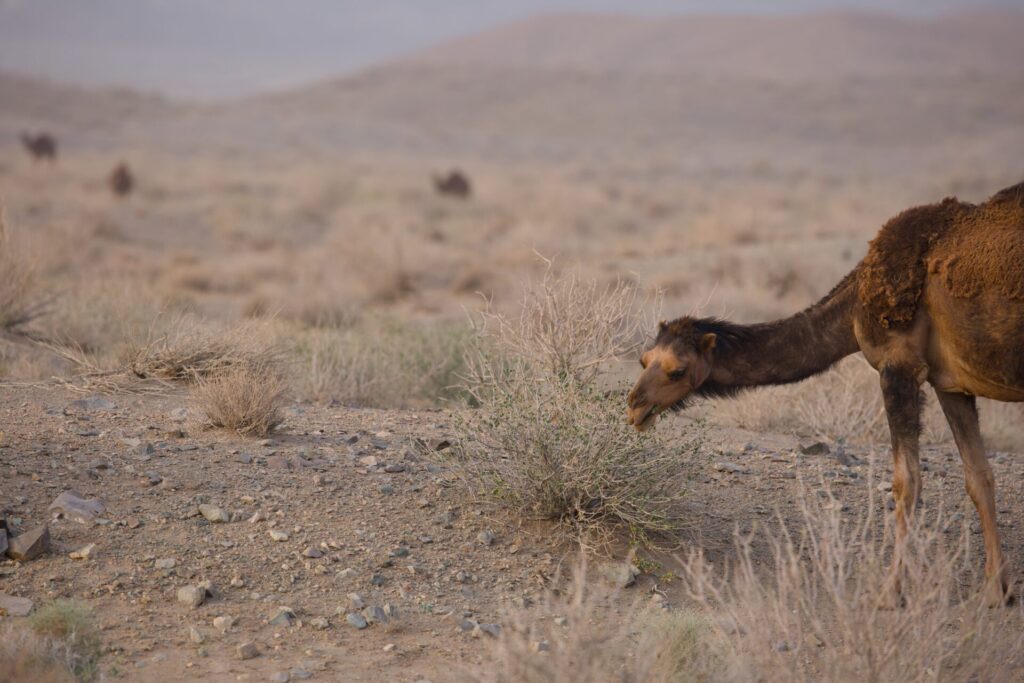
Although primarily domesticated, the Dromedary Camel is well adapted to the harsh climate of Iran’s deserts. Alongside camels, sheep and goats are widely herded throughout the region, with many people continuing to live as traditional shepherds. These domesticated species form a vital part of Iran’s pastoralist heritage.
Conclusion
The mammal species we observed during this expedition offered a fascinating glimpse into the biodiversity of Iran’s arid and semi-arid regions. From rare endemic ungulates to elusive desert rodents, each encounter highlighted the extraordinary adaptations that enable these animals to survive in such challenging environments.
Witnessing these creatures in the wild not only enriched our survey but also reinforced the value of preserving their habitats. These experiences serve as a reminder of the depth, beauty, and resilience of life in even the most unforgiving landscapes.



